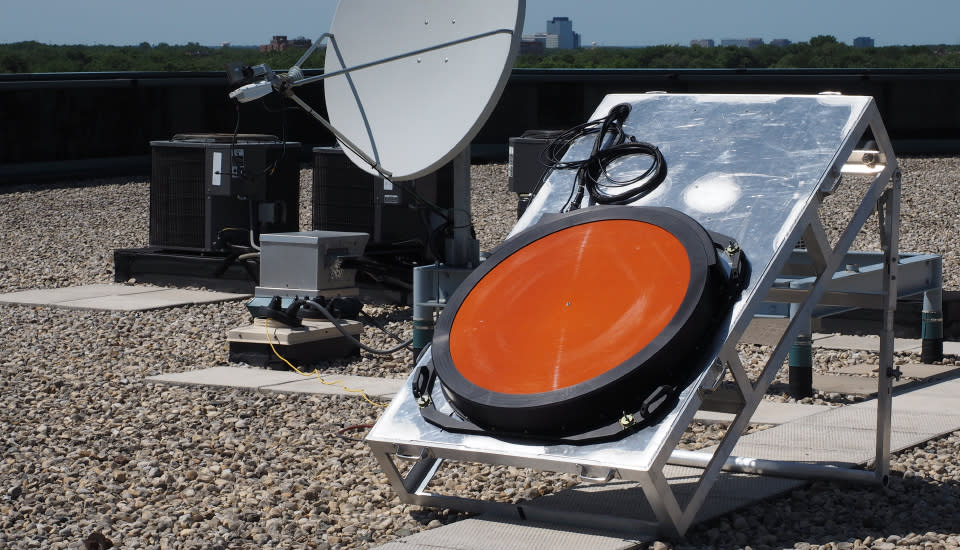Surfing with GTO, the very promising future of Gogo in-flight WiFi

Let's face it: with few exceptions, in-flight WiFi still sucks. ViaSat's solution available on a few United and JetBlue planes is a step in the right direction, but even that product is inconsistent at times, if you're even lucky enough to end up on an equipped flight. The vast majority of in-flight internet is supplied by Gogo, utilizing an air-to-ground infrastructure that's similar to the cell phone networks that we all love to hate. But the company's next-generation solution, called GTO (Ground to Orbit), represents a tremendous improvement across the board.
GTO is unlike any other service on the market. A satellite receiver mounted atop each plane carries content to the aircraft, while Gogo's existing ATG-4 (air-to-ground) technology is used exclusively for sending data from the plane to the ground just a few miles below. Because the satellite is only used to receive information, Gogo is able to boost bandwidth tremendously. The system uses Ku-band satellites orbiting 22,000 miles above North America, which provide less throughput than ViaSat-1, a Ka-band sat that's used to get select United and JetBlue planes online. Still, because the antenna is only used to receive data, speeds are on par with Ka.
In fact, you may end up having an even better experience than you'll get with a ViaSat-equipped plane. With an aircraft-mounted satellite that's used to both send and receive, you're looking at 800ms (nearly a second) of latency. But because data is only making one roundtrip to space en-route to your laptop, smartphone or tablet, rather than two, there's less lag with Gogo's hybrid GTO. You should expect web pages, photos and YouTube videos to begin loading about 400 milliseconds after you make the request, and while that delay is noticeable, nearly the entire page will appear at once -- with buffering enabled, streaming videos will play just as well as they do on the ground.

Gogo announced GTO last September, and while it's not clear when the service will start popping up on commercial jets, we may see the first aircraft roll out within the next year. Installing a satellite on top of a plane is much more labor- (and cost-) intensive than mounting a single antenna on the bottom, however, so it'll be quite a long time before GTO becomes as prolific as ATG is today. We had an opportunity to get a very early look at Ground to Orbit in action at Gogo's Chicago-area headquarters, though, using a roof-mounted satellite antenna and a simulated air-to-ground uplink.
The service performed as promised, with very speedy (40 Mbps) downloads and paltry upload speeds of less than 1 Mbps (you'll be best off delaying those photo and video uploads until you're back on the ground). Video downloads worked very well, and since there's plenty of bandwidth to go around, you should be able to stream HD video from GTO-equipped flights. The boosted performance could have a positive effect on Gogo's pricing, too -- supply will most likely exceed demand, even on cross-country flights, where you can currently expect to pay more than $20 per leg. Gogo and airlines opt to price certain ATG-4 routes higher than others in order to reserve bandwidth for deep-pocketed business travelers, but there will be more than enough to go around with GTO.
With ViaSat's super-fast Ka-band WiFi, Gogo's GTO and AT&T's upcoming solution, there's no question that in-flight internet is on track to improve significantly over the next few years. Regional jets and other aircraft that are too small to accommodate a satellite antenna and protective radome may never receive GTO, but larger planes tasked with ferrying passengers on hops across the country should begin to offer a much better in-flight experience soon. International aircraft will also benefit from the new technology -- Gogo's 2Ku system, which utilizes dual satellite antennas, will offer similar performance well out of range of ground towers, enabling GTO-like speeds on flights around the world.

















